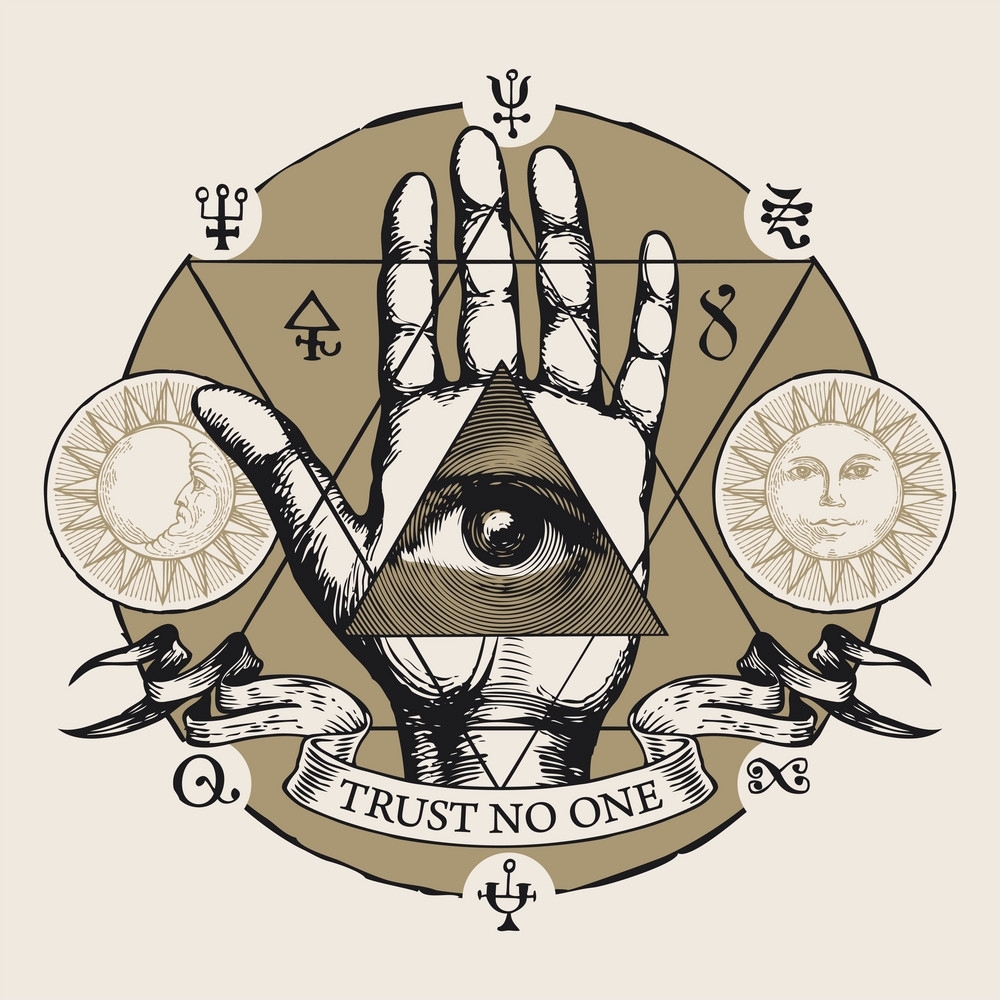According to a 2016 study, religion contributes an average of $1.2 trillion every year to the U.S. economy—a sum greater than the combined annual revenues of the world’s 10 leading tech companies, including Google, Apple and Amazon, and more than the total economic output of each of nearly 180 countries and territories.
That astonishing statistic comes from a 2016 study conducted by the Religious Freedom and Business Foundation (RFBF), an organization based in Annapolis, Maryland, devoted to educating the international business community, policymakers, non-state actors and consumers about “the positive power of faith” and religious freedom on the global business environment and economy.
Indeed, religion’s socioeconomic contribution to the U.S. makes it the planet’s 15th-largest national economy, according to the study. And yet few people are likely to know how religion directly impacts communities from the 24-hour news cycle, which usually tends to focus on controversy according to Brian G. Grim, the study’s lead author and president of RFBF.
Religion’s annual contributions to the U.S. economy fall under three major categories, according to Grim. As much as $418 billion comes from religious congregations—more than 344,000 churches, synagogues, mosques and temples of every denomination, which employ hundreds of thousands of staff and buy billions of dollars of services nationwide.
The second-largest category consists of faith-based, faith-aligned or faith-inspired businesses, which bring in $418 billion on average every year. And finally, religious institutions, such as universities, charities and healthcare systems comprise the third-largest category, with average annual contributions of $303 billion.
Much of this economic activity isn’t readily visible to the casual observer—it is largely confined to local communities. For example, religious congregations spend $84 billion every year on a range of administrative and other activities, including remunerations to hundreds of thousands of personnel, maintenance and utility expenses, and goods and services that run the gamut from flowers to sound systems.
Further, schools attached to congregations employ some 420,000 fulltime teachers who educate 4.5 million students every year—roughly the equivalent of the total population of Ireland or New Zealand.
Faith-based schools impact American society significantly. For example, St. Benedict’s Preparatory School, a Catholic institution in Newark, New Jersey, educates 530 college-bound boys from mostly poor and minority backgrounds.
“In an area where public schools are working hard just to keep young men from ending up in gangs, in jail or dead, St. Benedict’s sends 95 percent of its graduates to colleges, including a sizable number to Ivy League schools,” Grim says.
He offers the example of one St. Benedict’s alumnus, Uriel Burwell, who, after graduating from Drew University, returned to the neighborhood where he grew up. There, he helped build 50 new affordable houses, rehabilitated more than 30 homes and successfully sought more than $3 million in funds to build yet more affordable homes and apartments.
Congregations are also active in community alcohol recovery programs, efforts to combat HIV-AIDS, and employment services. At the time of the study, the California-based Saddleback Church, for example, has helped more than 27,000 people recover from alcohol dependency over the previous 25 years.
Nearly 26,000 congregations have some form of ministry through which people suffering from HIV-AIDS are helped, according to Grim.
Congregations also run as many as 120,000 employment programs across the nation to help unemployed people find work. The Church of Jesus Christ of Latter-day Saints, for example, has established employment service centers in each of its stakes in the U.S. and overseas.
While there might be more public awareness of faith-based enterprises such as the Christian Broadcasting Network and the Catholic Eternal World Television Network (EWTN), such companies are not the largest group in this particular sector of religion-related businesses. That distinction goes to what Grim calls “religion-friendly” companies—businesses such as Tyson Foods, which employs a large number of chaplains to offer religious services to its multireligious employees.
“Across the country, there are associations of CEOs who seek to put the moral and ethical teachings of their faith to practice in their business,” Grim writes, citing organizations such as C12, a network of more than 2,500 Christian executives, some of whom own businesses worth billions of dollars.
“And the religion that inspires many businesses in the U.S. also has a way of spilling across borders,” Grim points out, offering the example of an American CEO Don Larson, whose faith motivated him to start a company in Mozambique, Africa.
Another example not mentioned in the RFBF study is one conducted by University of South Florida economists that found the Church of Scientology in its spiritual headquarters of Clearwater, Florida, to be an “anchor institution” pouring nearly $1 billion into the economy annually when the study was undertaken in 2014.
_________________
The Church of Scientology publishes this blog to help create a better understanding of the freedom of religion and belief and provide news on religious freedom and issues affecting this freedom around the world.
The Founder of the Scientology religion is L. Ron Hubbard and Mr. David Miscavige is the religion’s ecclesiastical leader.
For more information, visit the Scientology website or the Scientology TV network.
DOWNLOAD THE WHITEPAPER

